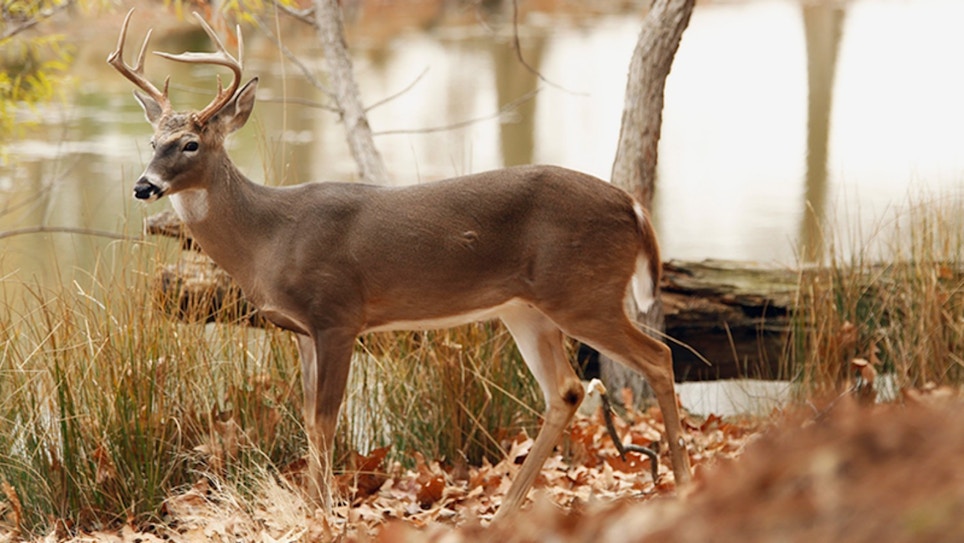Thomas Alexander, 66, was hunting whitetails near Yellville, Arkansas, on Oct. 22 with his muzzleloader. After firing a shot at a buck, he left his stand to take up the blood trail. Once Alexander reached the buck, it attacked him.
“I’ve worked for the [Arkansas] Game and Fish Commission for 20 years, and it’s one of the stranger things that’s happened," said Keith Stephens, AGFC chief of communications. “I don’t know how long he left it there, but he went up to check it to make sure it was dead and evidently it wasn’t. It got back up, and he had several puncture wounds on his body.”
Alexander was hunting alone but was able to call his wife after the attack. She then called 911. Emergency responders found Alexander and rushed him to the hospital, where he later died.
According to the Arkansas Game and Fish Commission, it’s unclear if Alexander died from puncture wounds from the buck’s antlers, or a heart attack. “It’s my understanding there’s not going to be an autopsy, so we may never know what actually happened," said Stephens.
Takeaways from this Tragedy
Deer attacks on people are rare, but this sad story serves as a reminder to play it safe whenever approaching a wounded buck or doe. A few things to keep in mind:
- Approach a downed deer slowly. Even if you think a deer is dead, it’s best to touch a deer’s eye with a long stick to verify it.
- If more than one hunter is on the scene, only the hunter who shot the animal should approach it. Everyone else should stay behind. If the hunter is using a gun, he or she should be prepared to fire a quick finishing shot. This rule holds true regardless of whether the hunter is carrying a rifle, slug gun or muzzleloader. Yes, it’s a hassle to reload a muzzleloader to approach what you believe is a dead deer, but chances are high that Alexander approached his wounded buck with an unloaded muzzleloader. Archery hunters (crossbows included) should also be ready to shoot again as they approach a downed big game animal.
- Never try to slit a wounded deer’s throat with a knife to finish it off. Even a doe can hurt you badly with its hooves, so stay away from a wounded deer. If a buck or doe is moving, shoot it again. Aim for the animal’s lungs.
Author’s note: This tragic story from Arkansas brought back sad memories of when my cousin Chuck, who owned seven Minnesota whitetails in a large enclosure, was killed by one of his “pet” deer in 2000. Chuck was 45 at the time and had owned whitetails for nearly a decade. Chuck was also an avid deer hunter and knew the changes that happened with whitetails, especially bucks, during the fall breeding season.
On a Saturday afternoon in late October, Chuck took a break from helping customers at his nursery business to check on whether his deer had enough water. He was always cautious when entering the pen, especially during fall. As Chuck approached the water trough, which was clear of deer, a 4x4 buck that had probably been out of sight behind the corner of the barn attacked him. Chuck suffered cuts to his face and chest, but the fatal wound was a 3-inch cut over the femoral artery of his left leg.
No one witnessed this attack. Chuck was found by his wife, Terry. She had been assisting customers in the nursery, but left for a moment because she needed something at the house. She made the short walk home to check on Chuck, who she thought had been gone a long time. That's when she saw their 4x4 buck standing in the pasture with blood on his antlers. ''He was all full of blood,'' Terry said. ''I yelled for Chuck, and he didn't answer. I knew what must have happened.''






